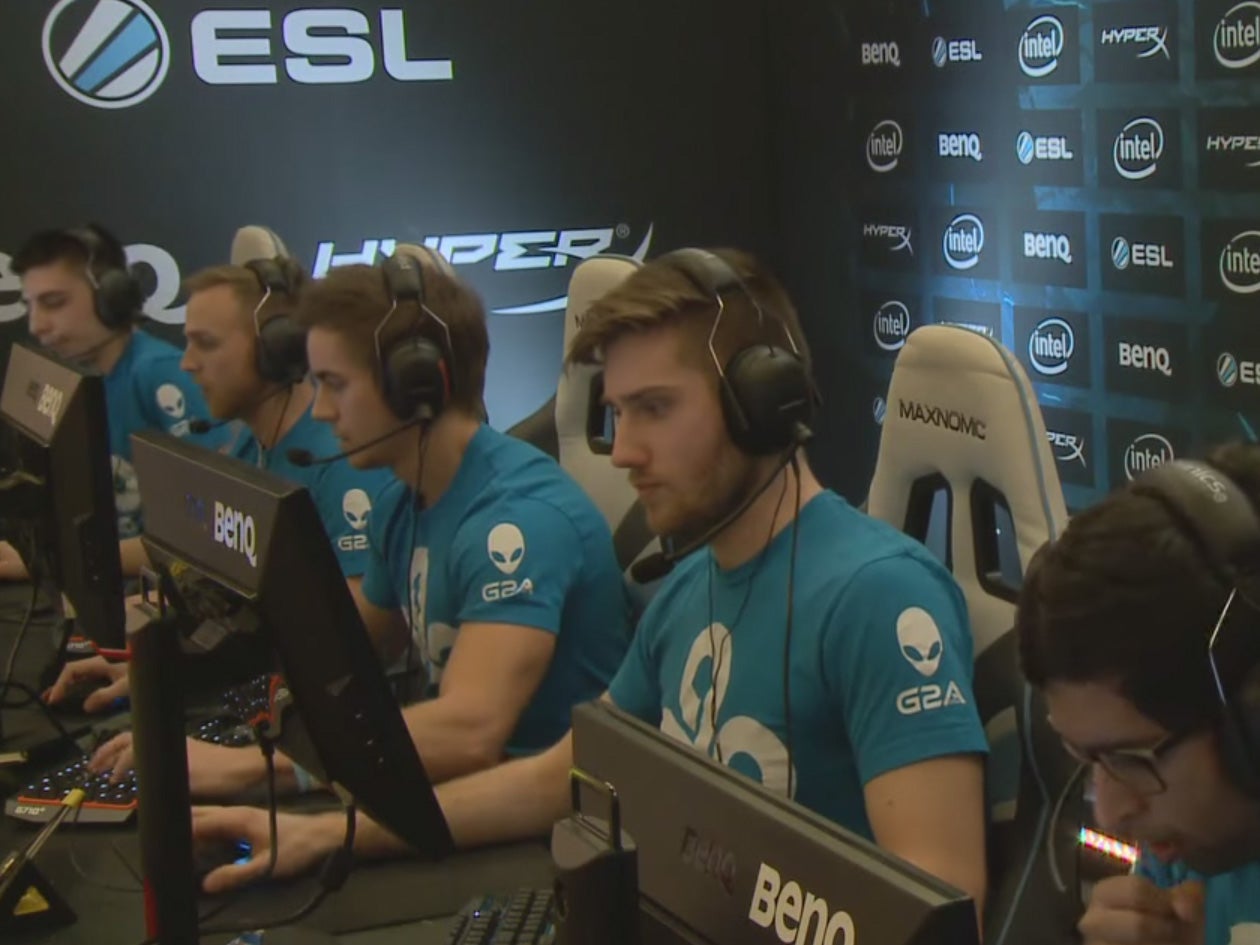Professional video gaming is a uniquely demanding sport. We need more than a drugs crackdown to fix it
Footballers don’t have to learn a new sport every 3 years but most pro-gamers do. They're signed at 17, and many are ditched by their mid-20s

Your support helps us to tell the story
From reproductive rights to climate change to Big Tech, The Independent is on the ground when the story is developing. Whether it's investigating the financials of Elon Musk's pro-Trump PAC or producing our latest documentary, 'The A Word', which shines a light on the American women fighting for reproductive rights, we know how important it is to parse out the facts from the messaging.
At such a critical moment in US history, we need reporters on the ground. Your donation allows us to keep sending journalists to speak to both sides of the story.
The Independent is trusted by Americans across the entire political spectrum. And unlike many other quality news outlets, we choose not to lock Americans out of our reporting and analysis with paywalls. We believe quality journalism should be available to everyone, paid for by those who can afford it.
Your support makes all the difference.The gaming world has always struggled to shake off stereotypes about teenage boys sitting in bedrooms. It might be true that Esports - the large-scale multiplayer video gaming tournaments - are now pretty big business that routinely churn out teenage millionaires and pull huge crowds of fans into massive stadiums, but amongst the general public, the stigma still stands. And to those of you who do have that image of young boys clicking away in their pyjamas, it won’t come as a surprise that marijuana use is still a widely accepted part of our gaming culture.
Gaming isn’t alone or distinct in this - as anyone who’s had even a passing encounter with a teenager can tell you – but as it becomes more and more accepted as a mainstream sport, it does have to start getting real. As the ongoing debacle over doping in athletics shows us, the issue of drug misuse in sport is a major concern for many fans, and gaming can be no exception. The most recent eSports scandal, wherein Counter-Strike: Global Offensive champion Kory “SEMPHIS” Friesen admitted that he and other members of his team took the ADHD drug Adderall, was shocking to many outside the sport because they were competing for prizes up to $250,000. Unfortunately, it wasn’t a complete surprise to those of us familiar with the territory.
Gamers are often derided as overgrown kids with a serious case of arrested development, but we should use this as an opportunity to ask ourselves why our young and talented players feel the need to take ADHD medication, or come in after a hefty few joints to ‘help them concentrate’, during tournaments. The prizes and stakes have never been higher for the increasingly professionalised teams of young gamers and as with all sports, the pressures of top-tier competitive gaming has led to far too many substance abuse suspicions.
In response to frank admissions from well-known players such as Friesen of widespread ADHD med and steroid misuse while in competition, the world’s largest Esport organisation, the Electronic Sports League (ESL), have recently released details of their new drugs policy. Working in conjunction with Germany's Nationale Anti Doping Agentur (NADA) and the World Anti Doping Agency (WADA), the ESL have also decided to include marijuana on the list of controlled substances. This change in particular has proven spectacularly unpopular in the gaming world.
It’s worth bearing in mind that many Esports gamers genuinely are teenagers, with companies like Riot Games fielding some players as young as 17. Most have professional careers that are over by their mid-20s and only a select few manage to maintain a career afterwards as a personality or “Sportscaster”. Gamers are also likely to spend nearly all their time competing in tournaments or playing their chosen game relentlessly and as technology changes, so to do the games. Footballers don’t have to learn a new sport every 3 years but most pro-gamers do, with nearly every new competitive gamer requiring hours of training and strategising to even compete on a global level. With these kinds of pressures, is it any wonder they feel the need for the odd joint or Ritalin pill?
Meanwhile, the popularity of competitive gaming continues to skyrocket. Estimated viewing figures of Esports for 2013 showed that they were reaching nearly 72 million people worldwide. Multiplayer online battle arena (Moba) games such as League of Legends and Dota 2 continue to dominate the field and play host to their own lavish sports tournaments, most notably the International Dota 2 Championship Series and League of Legends World Championship which offer multi-million dollar prizes to the champions and the much desired bragging rights that come with it.
Perhaps the lesson we should take from this is that without addressing the underlying pressures of the uniquely stressful sport itself, teenage competitors are going to seek ways to alleviate that stress. Instead of just screening for another substance, we need to tackle the root of the issue. Gaming is now taken seriously by millions, whether other sportsmen like it or not; taking a serious look at our tactics – and our doping - is a natural result of this, so we need to resist shying away from the dialogue.
Join our commenting forum
Join thought-provoking conversations, follow other Independent readers and see their replies
Comments